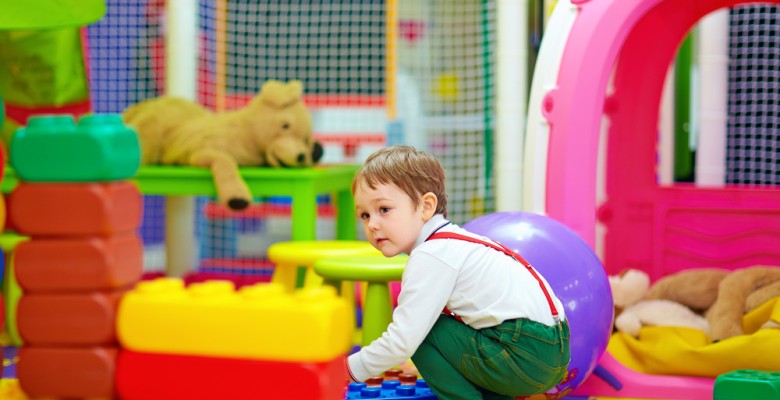How To Select a Good Daycare
In general, you should choose a daycare that will best reflect your style of parenting as well as facilitate good child development. The following checklist takes into consideration these two important guidelines, and offers some special criteria for parents who have children between the ages of six months and four years.
Play Techniques with Elementary School Children
There is not a child anywhere who does not engage in play. In fact, we could say that play is the primary language of children. It provides them with a unique method for communication, exploration, creativity, imagination, and self-expression. It is a complete activity that draws on all of the senses and is laden with images and emotions, allowing the imagination to stretch out beyond the constrictions of language. Play is not only the language of the child, but a primary method by which children successfully traverse the developmental path from early childhood to adolescence.
Early Adolescence: The Point of No Return - Part II
In the last article (Early Adolescence: Part I), I described the major changes in development that take place among young adolescents during the years between twelve and fourteen. Included was a discussion of the onset of puberty with its accompanying changes in sexuality, physical development, and new focus on appearance. Along with puberty, changes in cognitive development revealed a new capacity for thinking about problems hypothetically, allowing young teens to begin to evaluate not only their own values and behavior, but also those of authority figures and peers alike.
Fathers and Daughters
Most everyone is familiar with the phrase "Daddy's little girl." It connotes the special relationship that begins to appear between fathers and daughters somewhere around six to seven years of age. Up until that time, mom has been the primary person in the young girl's life, but as the child moves into the early middle childhood years (six through eleven), a growing need for the father's influence and affections begin to surface.
Stressbusters for Children
Here's our checklist for minimizing your child's stress load. This list will work for both young children and adolescents, and should assist you in taking some concrete steps toward enhancing your child's overall quality of life. For a full discussion of the sources of childhood stress, read the article posted on our website entitled "Assessing Childhood Stress".













